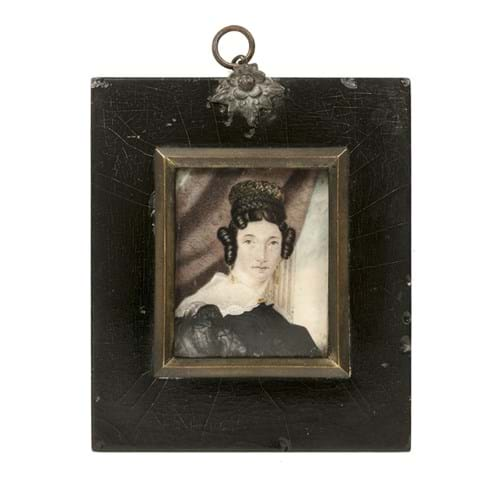At his trial at the Old Bailey, he claimed to have found the swag in a ditch. Instead, he was convicted of robbing a nearby dwelling house and – initially sentenced to hang – transported to the New South Wales penal colony for life.
Edgar (who also used the alias Edmund Bults) arrived in Sydney aboard the convict ship Marquis of Huntly in September 1826. On account of his apparently ‘good character’, ‘elegant appearance’ and in-demand skills as an artist (‘very clever in his profession’), he escaped hard labour and instead was assigned to the colonial artist Auguste Earle (1793-1838).
His first task was to assist Earle in the production of Views in Australia, the 1826 album containing the first lithographic views ever printed in NSW.
After Earle left Australia in 1828, Edgar found work first with the copperplate printer John Carmichael, and then with the schoolmasters John Gilcrist and Dr Wilks who employed him as a drawing master and teacher of penmanship to the sons of civil and military officers.
Samuel Elyard, one of his former pupils at Gilcrist's Academy, remembered Edgar as a man of “kind disposition” who was “glad to impart a knowledge of art to anyone who had a taste for it” and who “painted miniatures very nicely, and had he kept steadily to his profession, would perhaps have been an eminent artist”.
Rare miniature
Some idea of Edgar’s skills as a miniaturist were seen in a 2.25 x 1.75in (5.5 x 4.5cm) watercolour on ivory portrait offered at Mallams’ Picture Sale, held at the Oxford saleroom on July 12.
The sitter, a lady in a black dress with her hair tied in a bun, is anonymous but many of Edgar’s customers were known to be emancipists (ex-convicts) and their families. It is inscribed on the verso ‘Painted by Edmund Edgar, Sydney, NSW, February 1837’.
There was predictably fierce competition on this lot, with the final bid of £7200 (estimate £1000-1500) coming from an Australian commission bidder.
Rupert Fogden, head of traditional paintings at Mallams, said: “I was particularly pleased with this result. Most works by Edmund Edgar are today in institutional collections in Australia and they very rarely come up for sale. This example was fresh on the market having been consigned by a local private vendor”.
It will return to New South Wales where it was painted.
Edmund Edgar’s end was ultimately a sad one. After receiving a conditional pardon in 1844, he is known to have established a studio in Argyle Street in the area of the colony known as The Rocks (he is listed there in Low's Directory for 1847). However, he ended up destitute and died as a resident of the Sydney Benevolent Asylum.






